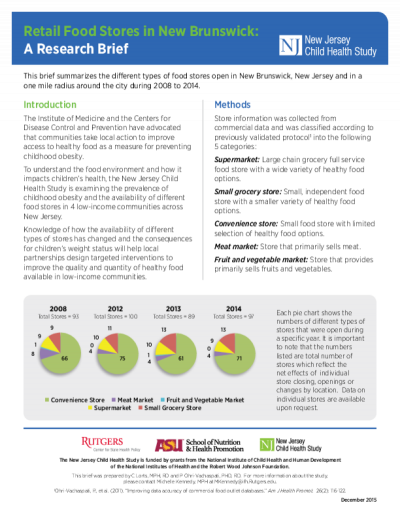


Pediatric obesity is associated with lower quality of life (QOL) and populations with high obesity rates, such as Latinos, are especially vulnerable. We examined the effects of a 12-week diabetes prevention program on changes in weight-specific QOL in Latino youth.
Method:
Fifteen obese Latino adolescents (BMI%=96.3±1.1;age=15.0±1.0) completed a 12-week intervention. Youth completed weight-specific QOL measures at baseline, post intervention, and 1-year follow-up. For comparison purposes, intervention youth were matched for age and gender with lean controls.
Results:
At baseline, obese youth exhibited significantly lower weight-specific QOL compared with lean youth (70.8±5.4 to 91.2±2.2, p<0.005). The intervention did not significantly impact weight (90.6±6.8 to 89.9±7.2kg, p=0.44). However, significant increases in weight-specific QOL were observed (70.8±20.9 to 86.2±16.9, p<0.001). Post-intervention QOL scores were no longer significantly different than lean controls (P=0.692). Data from nine youth who returned for follow-up indicated that increases in weight-specific QOL were maintained over time (90.5±4.5 to 85.8±5.9, p=0.74).
Conclusion:
These results indicate that a community-based diabetes prevention program can result in sustained improvements in weight-specific QOL among obese Latino youth. Lifestyle interventions that focus on social interaction and physical activity, rather than weight-loss per se, may help improve the psychosocial health of obese Latino youth.

Objective: Women, Infants, and Children (WIC) cash value vouchers (CVV) have been inconsistently redeemed in Arizona. The objective of this study was to explore perceived barriers to use of CVV as well as strategies participants use to overcome them.
Design: Eight focus groups were conducted to explore attitudes and behaviors related to CVV use.
Setting: Focus groups were conducted at 2 WIC clinics in metro-Phoenix, AZ.
Participants: Participants in WIC who were at least 18 years of age and primarily responsible for buying and preparing food for their households.
Phenomenon of interest: Perceived barriers to CVV use and strategies used to maximize their purchasing value.
Analysis: Transcripts were analyzed using a general inductive approach to identify emergent themes.
Results: Among 41 participants, multiple perceived barriers emerged, such as negative interactions in stores or confusion over WIC rules. Among experienced shoppers, WIC strategies also emerged to deal with barriers and maximize CVV value, including strategic choice of times and locations at which to shop and use of price-matching, rewards points, and other ways to increase purchasing power.
Conclusions and implications: Arizona WIC participants perceived barriers that limit easy redemption of CVV. Useful strategies were also identified that could be important to explore further to improve WIC CVV purchasing experiences.

Many factors influence children’s health behaviors and health outcomes. The Social Ecological Model (SEM) groups these factors into interactive layers, creating a framework for understanding their influence and for designing interventions to achieve positive change. The layers of influence in the SEM include individual, interpersonal, organizational, community, and policy factors.


This brief summarizes the different types of food stores open in New Brunswick, New Jersey and in a one mile radius around the city during 2008 to 2014.

Many factors influence children’s health behaviors and health outcomes. The Social Ecological Model (SEM) groups these factors into interactive layers, creating a framework for understanding their influence and for designing interventions to achieve positive change. The layers of influence in the SEM include individual, interpersonal, organizational, community, and policy factors (see figure). The New Jersey Child Health Study (NJCHS) was designed to examine how specific layers of the SEM, particularly food and physical activity environments in schools and communities, affect obesity outcomes in children

This brief summarizes the different types of food stores open in Camden, New Jersey and in a one mile radius around the city during 2008 to 2014.

This brief summarizes the different types of food stores open in Newark, New Jersey and in a one mile radius around the city during 2008 to 2014.